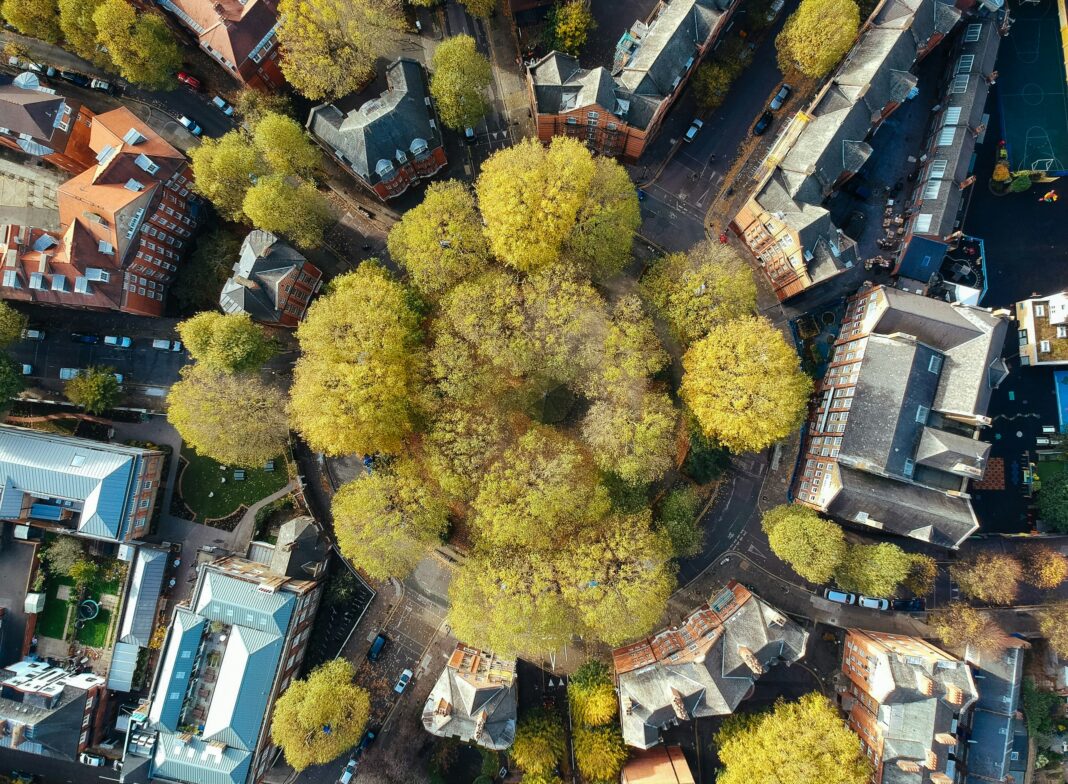Inspirational Cities Around the World Demonstrate the Benefits of Urban Greenery
European city mayors and politicians recently visited many cities in Japan to examine the approach taken by municipal leaders toward reducing environmental risks and promoting healthy living in urban areas. The study tour was organized by the World Health Organization’s Healthy Cities Network and highlighted some of the solutions used to combat increasing temperatures and pollution in built-up areas.
In particular, the city of Owariasahi was used as a positive example of how greenery can have a beneficial impact on a city’s inhabitants. It is estimated that 80% of people in Europe will live in cities within the next few years and with rapidly rising rates of urbanization all around the world, it is becoming increasingly important to address the environmental issues caused by the demands of urban areas.
As well as adding financial value to city real estate, proximity to parks, gardens, and other ornamental greenery can help to keep cities cool, improve air quality, and generally improve the health and well-being of its inhabitants.
Making Space for Greenery in Built-Up Areas
Even in the heart of a built-up city, it is still possible to make space for nature. In a city apartment, plants help to bring the outside in, where they not only enhance the appearance of living spaces but also improve air quality within the home.
Indoor gardens can also be incorporated into public buildings where internal walls and unused corners can be filled with greenery without compromising on space. Last year, the city of Busan in South Korea committed $1 billion towards its goal of becoming carbon neutral by 2050. Their plans to reach this goal include the incorporation of life-friendly forests placed in public facilities including Gimhae Airport and Busan Bus Terminal, and more indoor gardens are proposed for the future.
Large expanses of greenery in public facilities will provide a pleasant backdrop for travelers while at the same time improving air quality through the absorption of fine dust and other polluting particulates.
Reducing the Concentration of Air Pollutants
Scientific research continues to confirm how greener cities can reduce the number of pollutants in the atmosphere, helping them to address the environmental challenges caused by rapid expansion and dense populations.
A study examining pollution in urban areas of China found that, while higher-administrative cities consume more energy, they also have the resources to design more environmentally friendly architecture and outside spaces. In cities that incorporate large amounts of healthy vegetation in their urban planning, researchers have found that there is a more significant decrease in the concentration of fine particles that pollute the atmosphere and can cause several health issues for inhabitants.
Reversing the Urban Heat Island Effect
Medellin in Colombia is known as the ‘City of Eternal Spring’ due to its pleasantly warm weather all year round. However, as the city has increased in size, so has its ambient temperature. This is due to it becoming an urban heat island, a city where vegetation is increasingly replaced by more pavements, roads, and buildings that absorb and retain heat.
As well as creating a less comfortable environment, raised temperatures can harm human health, especially among vulnerable groups. To offset the effect of urbanization, Medellin has incorporated 30 green corridors of gardens, planted verges, and plants that enhance the city’s appearance and connect it to the surrounding hills. The addition of greenery has reduced the temperature by 2 degrees Celsius, and the project is being held up as a worldwide example of reducing the urban heat island effect.
When cities expand, air pollution and rising temperatures can cause issues for their inhabitants. As well as creating attractive and relaxing green spaces, trees and plants can help to absorb polluting particles and reduce the effect of excess heat stored in the built environment. Even in highly developed urban areas, greenery can be incorporated in the form of leafy verges, living walls, and indoor gardens to improve the health and well-being of residents.
